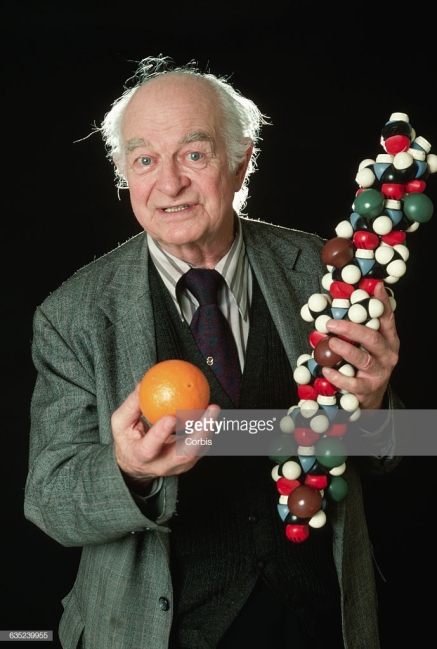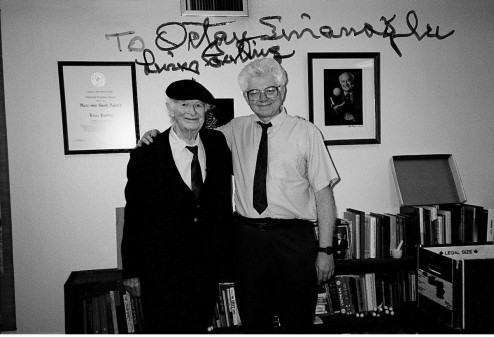By Weishi Meng
Linus Pauling, the most gifted physical chemist that ever lived, once said that the realization of the relevance of the hydrogen bond, a relatively weak molecular force, gave birth to Structural Biology.

He also said that there was more to it, a sort of meta-analysis of structural biology that was still missing. This he conveyed to Oktay Sinanoglu, Yale University’s wonderboy, who had been made full professor at the age of 28.


In September of 1981, Oktay Sinanoglu passed on Pauling’s prophetic words to his student Ariel Fernandez, who had just arrived at Yale from his native Argentina. Fernandez was to receive the fastest awarded doctorate in Yale’s modern history.

Yet, it took Ariel Fernandez 37 years to bring Linus Pauling’s thought to fruition. Finally, in September of 2018, an overdue meta-analysis of structural biology materialized, encompassing the complex physics that underlies the coupling of the protein structure and the aqueous solvent beyond. Thus, Epistructural Biology was born. The new discipline is heralded in the September cover of Annalen der Physik.



The path to scientific discovery is hardly ever linear.